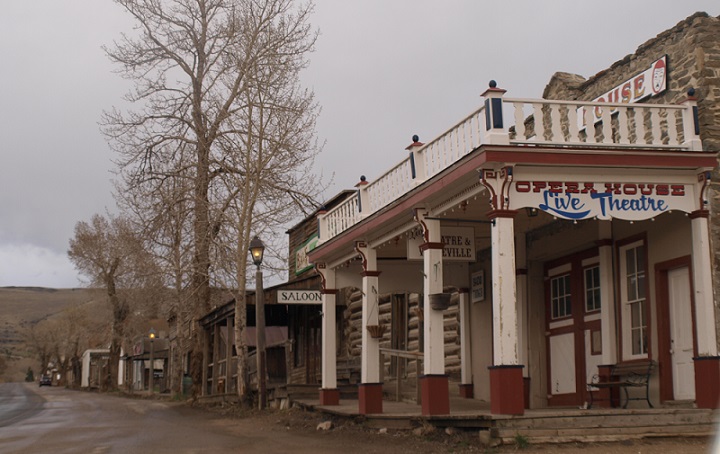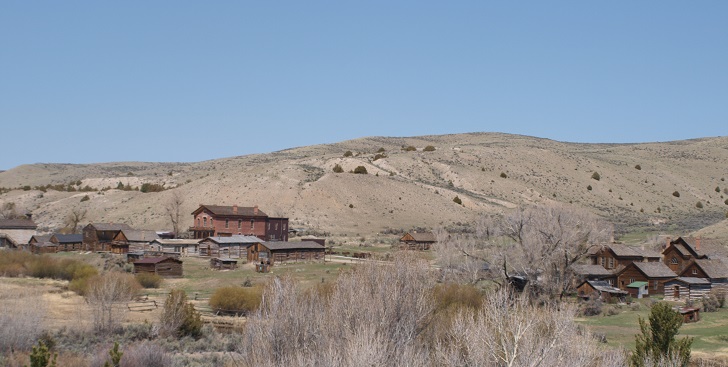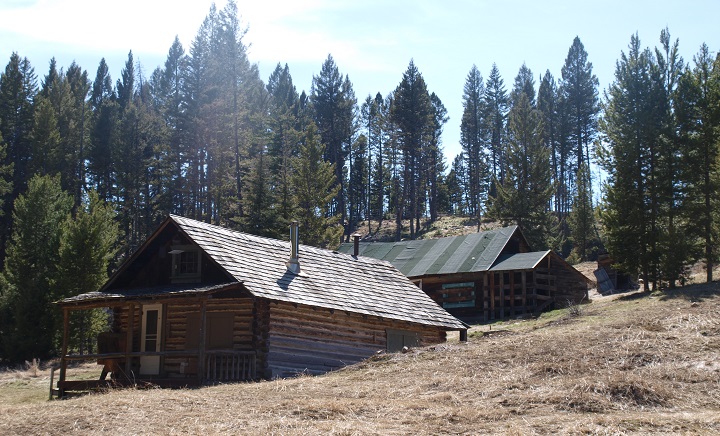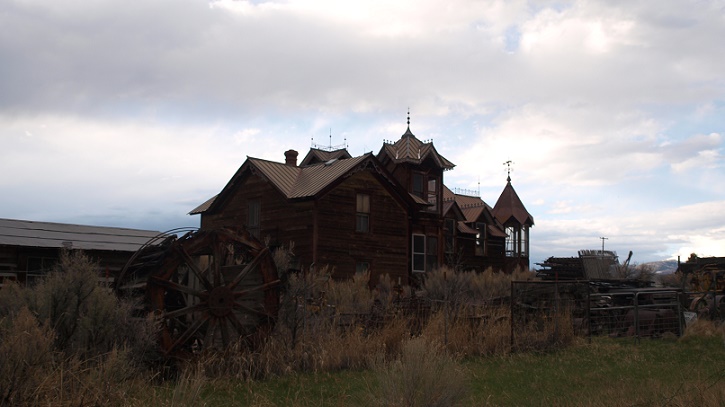Gold was first discovered in Montana in the late 1850s. The news of this discovery brought in thousands of miners and in just a few years Montana was dotted with gold mining boomtowns.
Over a few decades tons of gold, copper, zinc and silver among other precious minerals were extracted by the resident of these towns. At the turn of the century, the minerals began to diminish and so did the miners. This turned the once active mining boomtowns into ghost towns.
Today some of the structures in these gold towns still stand as a remind of the early life of miners in the United States. Some of the most interesting boomtowns turned ghost towns in Montana that you should visit include:
Virginia City, Montana

Virginia City was established in 1863 following the discovery of gold near the Alder Creek by Henry Edgar and Bill Fairweather. Once news of the gold discovery at the Alder Creek spread thousands of prospectors poured in resulting in the formation the town.
The town was named Varina in honor of Varina Howell Davis who was the Confederate States of America’s First Lady. But being within the Union territory, the registering judge in Connecticut refused the name and instead recorded Virginia City.
By late 1863, Virginia City was already a booming mining town with thousands of people and a number of businesses. The first public school was established in 1866 and the first newspaper, the Montana post was established in 1864. The city also served as the territorial capital between 1865 and 1875 when the capital was moved to Helena.
Today Virginia City is preserved as a National Historic Landmark thanks to the efforts of Charles and Sue Bovey who begun buying and maintaining the town structures in the 1940s. The town is now owned by the state government which operates it as an open air museum for visitors who wants to enjoy the history of gold mining in Western Montana.
More about Virginia City, Montana
Bannack, Montana

In 1862 John White and other miners discovered gold in what came to be known as the Grasshopper Creek. This discovery led to the creation of the city of Bannack and eventually the state of Montana itself.
The news of the gold discovery brought in thousands of miners and in no time a booming mining town was growing just next to the gold fields. The town was registered as Bannack in 1863 when it had an impressive population of over 3,000 residents. The name was borrowed from the local Indians. When the state of Montana was created in 1864, the Bannack become its first capital before being moved to Virginia City the following year (and later to Helena).
The decline in gold deposits around Bannack and the discovery of gold in other places nearby such as the Alder Gulch and Helena lead to the movement of the miners away from the town and the start of its decline.
By 1950, Bannack had already turned into a ghost town and was completely deserted. In 1954 it was turned into a State Park. Today you can visit this historic site and learn a lot from the remaining sixty structures.
Garnet, Montana

Garnet is a fantastic ghost town that you should visit. It is located near First Chance Creek about 6,000 feet in the Green Pine Mountain to the east of the Missoula. Gold was first discovered in 1865 at First Chance Gulch which led to the establishment of the Garnet mining camp but it was not until the 1890s that Garnet became a boomtown when hard rock sources of gold were discovered. This followed a major discovery at what came to be known as the Nancy Hanks Mine.
At its peak, the town had over a 1,000 people, a school, lodges, restaurants, cafes, saloons, gambling houses and other businesses.
The town began to decline in 1905 when most of the gold in nearby mines had run out. By 1940 the town was completely abandoned. The government began the preservation of the ghost town in 1970. Today there are thirty structures still standing and a visitor’s center managed by the Bureau of Land Management and the Garnet Preservation Association.
Also Read: The Copper Mines of Butte, Montana
And: This Montana Mining Town has Gold Buried Right Under Main Street!
Nevada City, Montana

Nevada City is located just a mile and a half west of the site for Virginia City. When gold was discovered at Alder Gulch, several settlements such as Summit Camp, Central City, Virginia City, Nevada City and Adobetown sprang up. All these settlements along the gulch were collectively referred to as the Fourteen-mile city.
Only Virginia City and Nevada City grew considerably. Nevada City was established in 1863 and was home to miners working on Alder Gulch, Granite Creek, and Browns Gulch.
At its peak, the city had a population of over 2000 residents, general stores, saloons, Masonic hall and a host of other businesses. But as soon as gold deposits declined so did the city. The city was deserted in 1923 at the end of the last dredging operations in the nearby creeks.
Restoration and preservation of Nevada City began in the 1950s with most of the old building from across Montana being restored along the streets of the city. Today the town is an outdoor museum operated by the Montana Heritage Commission. Visiting this city will take you through over 90 historic building from different places across the state.

Kendall, Montana
Kendall is a ghost town located in the North Moccasin Mining District to the north of Lewistown. Gold was first discovered near the town in the 1880s but little was done due to lack of water and the right technology to mine the gold.
The town was started in 1901 when Harry Kendall began a cyanide mining mill. The mill employed hundreds of people and the town begun to grow reaching 1500 people. The town had churches, a school, retail businesses, a bank and a newspaper. By 1903 the town had four major gold mines: Barnes-King Mine, Kendall Mine, Horse Shoe Mine and Santiago Mine; and this made the district the top gold producer in the area.
The town began to decline in 1920 when the Santiago Mine, the largest mine in the district, was closed. Today only three original stone buildings remain with most of the early building having been destroyed by the elements.
Next: Montana Gold Mining History and Locations








